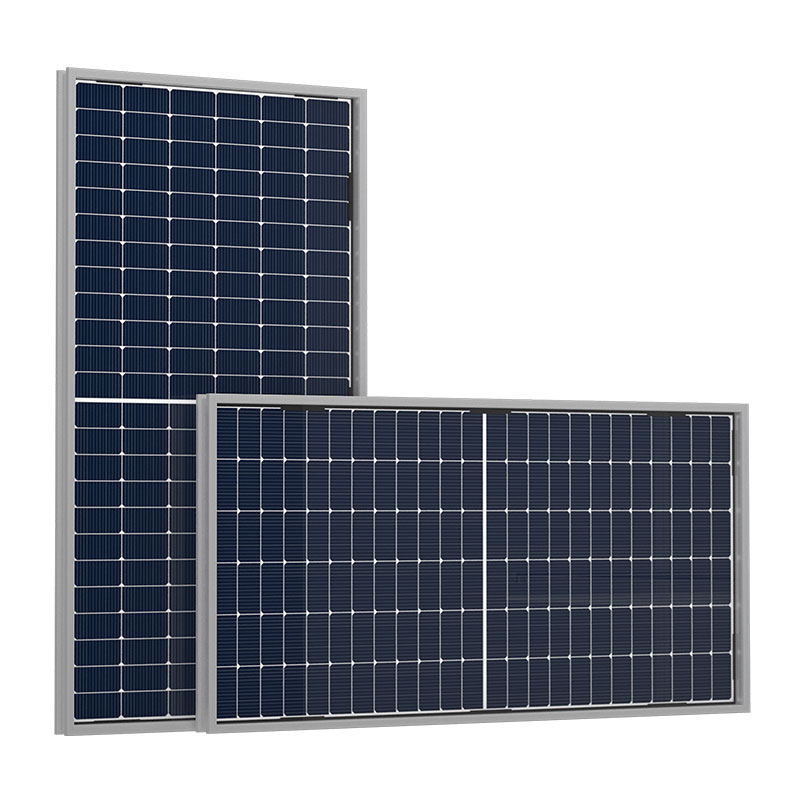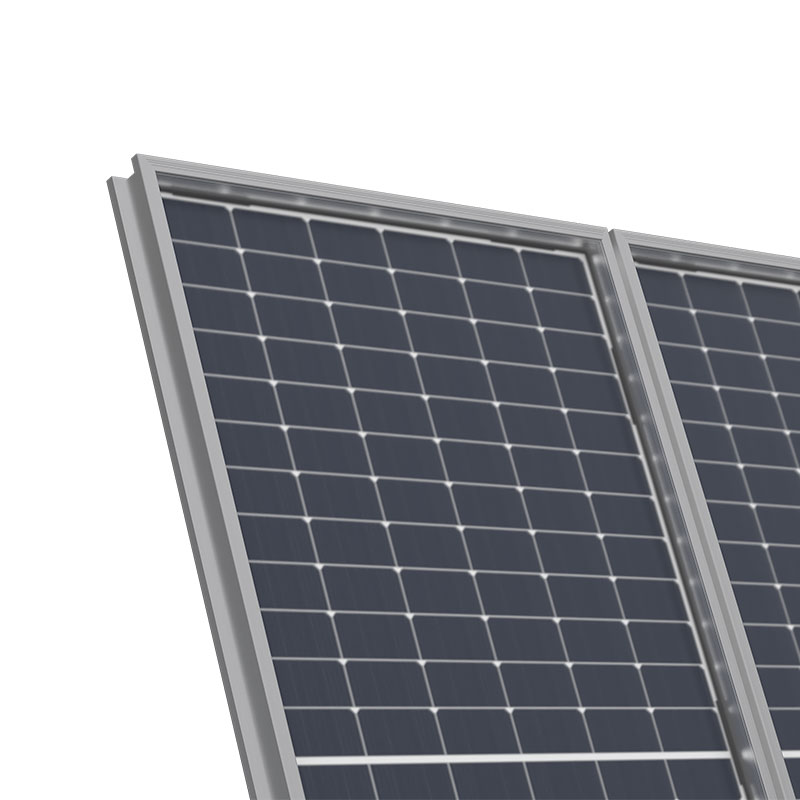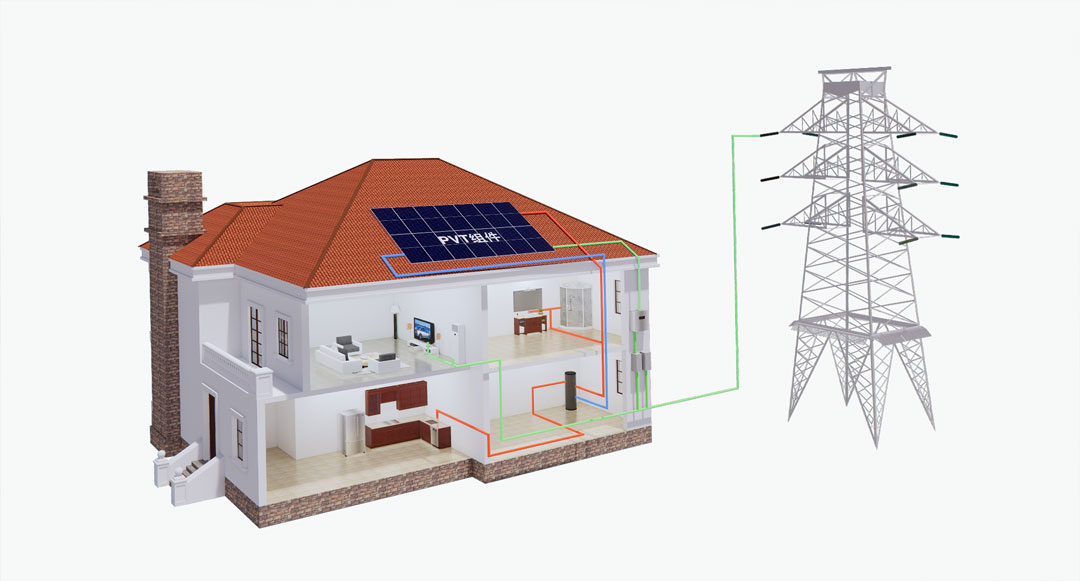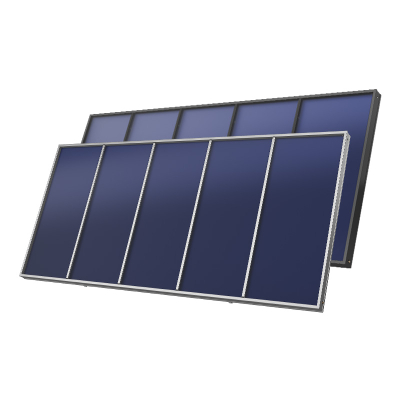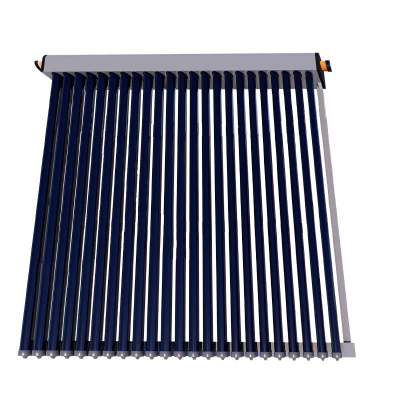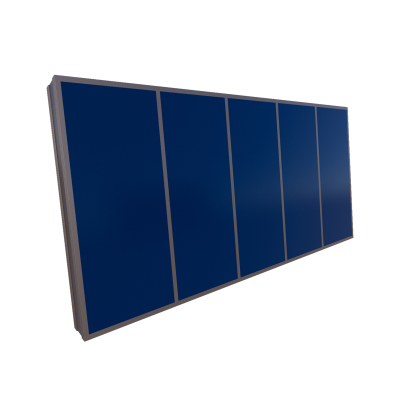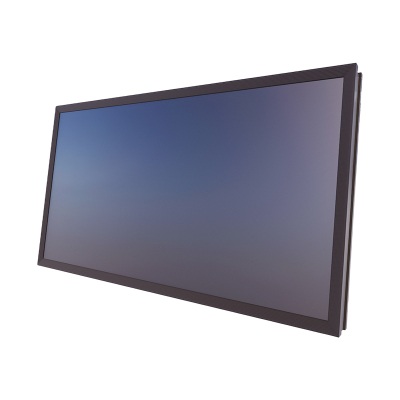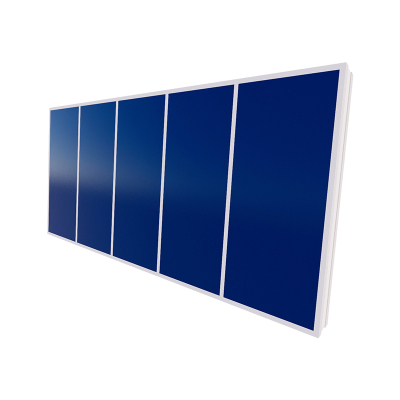PVT T Type Hbrid Solar Panel
Dual-effect synergy: Integrating photovoltaic and solar thermal technologies to meet the needs of electricity, hot water and heating at the same time, with a comprehensive utilization rate of solar energy reaching 80%
Vacuum efficiency: The vacuum bonding process reduces the thermal resistance and improves the thermal energy utilization efficiency by 40%+, ensuring the efficient heat transfer
Three-dimensional insulation: Three-dimensional insulation design, reduce heat loss by 70%
Intelligent Internet: Built-in sensors and control system, connected to the energy platform, dynamic power adjustment, operation and maintenance costs reduced by 35%+
PVT T-type (higher thermal efficiency) thermoelectric twin component is a core equipment for efficient and stable comprehensive solar energy utilization, which is specially designed for low-carbon building cogeneration, domestic hot water, building heating and other scenarios.
Application scenarios
Office hot water, Commercial hot water pool heating, Heat pump coupled heating cross-season heating;
Core advantage
1. Combined heat and power, dual energy supply
Through the solar photovoltaic and thermal integrated thermoelectric coupling technology, the photovoltaic modules and heat collection components are integrated. While the photovoltaic modules are converting light and electricity, the associated heat is collected to control the operating temperature of the modules below 55℃, so as to achieve efficient electric energy output and heat energy output, and improve the comprehensive utilization rate of solar energy to 80%.
2. Vacuum bonding, high efficiency heat transfer
Through vacuum bonding technology, the photovoltaic modules and heat collection components are closely combined to reduce the interface thermal resistance, improve the heat transfer factor, and improve the thermal energy utilization efficiency by more than 40%.
3. Three-dimensional insulation system and high-efficiency heat lock technology
The front side of the product is increased with a high-transparency cover plate to accurately control the distance between components and cover plates, reducing the heat loss on the front side by 70%. The back side adopts high-density fiber insulation material combined with long-wave high-reflection film to effectively maintain efficient heat collection and utilization under the condition of large temperature difference.
4. Intelligent interconnection, energy saving and efficiency
The built-in temperature sensor and intelligent control system can be seamlessly connected with the building energy management system to adjust the heat collection power in real time and reduce the operation and maintenance cost by more than 35%.
Core structural technology
1.High efficiency battery, stable output
The single crystal multi-main gate N-type TOPCon process cells are selected, with high photoelectric conversion efficiency, low peak power temperature coefficient and stable performance.
2. Average temperature design and efficiency upgrade
Through the average temperature design of the heat collection components, using high purity aluminum plate as the heat transfer substrate and reasonable arrangement of channel structure, the surface temperature uniformity of the components is controlled within ±1℃ range, so as to improve the power generation and heat collection efficiency of the products.
3. High transparent cover plate, reduce heat loss
The cover plate adopts double-sided coating anti-reflection and increase transmittance technology, the light transmittance is increased by 3%, the overall heat loss is reduced by 50%, and the system photothermal efficiency is improved by at least 40%.
4. Strong protection, durable
Anodized 6063-T5 aluminum alloy frame, tensile strength of 180MPa, combined with high weather resistance sealant, waterproof rating up to IP65.
Performance parameter
Type | PVT-T mould | |
outline dimension (mm) | 2318×1175×80 | |
weight (kg) | 66 | |
electrical parameter | Maximum power (STC condition)/W | 500 |
Type of battery | Single crystal multi gate N type TOPCon | |
Number of batteries | 144(6×24)cells | |
working temperature /℃ | -40~85 | |
Maximum system voltage/V | 1500V(TUV) | |
Open circuit voltage (Voc)/V | 51.1 | |
Maximum power point voltage (Vmp)/V | 44.45 | |
Short circuit current (Isc)/A | 14.31 | |
Maximum power point current (Imp)/A | 13.05 | |
component efficiency | 22.44% | |
thermal parameter | Peak light thermal power (W) | 1380 |
dielectric capacity (L) | 1.2 | |
Medium type | Propylene glycol solution/ethylene glycol solution/water | |
Working pressure (MPa) | 0.6 | |
operate mode | Inter-papillary expansion | |
Interface size and quantity | φ 22,4 | |
Heat exchanger structure | Tubular plate type | |
Heat exchanger material | red copper | |
Back panel material | Color coated panels | |
Areas of application | Low temperature radiant heating, pool heating, cross-season heat storage, and direct heating combined with heat pumps. | |
Q1: What is a PVT solar panel?
A1: A PVT (Photovoltaic-Thermal) solar panel is a hybrid technology that simultaneously generates electricity and heat from sunlight. It combines traditional photovoltaic (PV) cells with a thermal collector to improve overall solar energy utilization.
Q2: How is a PVT panel different from a regular solar panel?
A2: Unlike traditional PV panels that only produce electricity, PVT panels also capture thermal energy for water or space heating, boosting total efficiency up to 60–80%.
Q3: What are the benefits of using PVT panels?
A3: PVT panels save space, improve total energy output, and reduce CO₂ emissions. They are ideal for buildings with limited roof area and high demand for both electricity and hot water.
Q4: Can PVT panels work in cold or cloudy climates?
A4: Yes. PVT systems are designed with insulation and heat-exchange materials to maintain performance even in low-temperature or low-irradiance conditions.
Q5: What applications are suitable for PVT systems?
A5: PVT systems are widely used in residential hot water systems, office buildings, swimming pool heating, industrial process heat, and low-carbon architecture.

